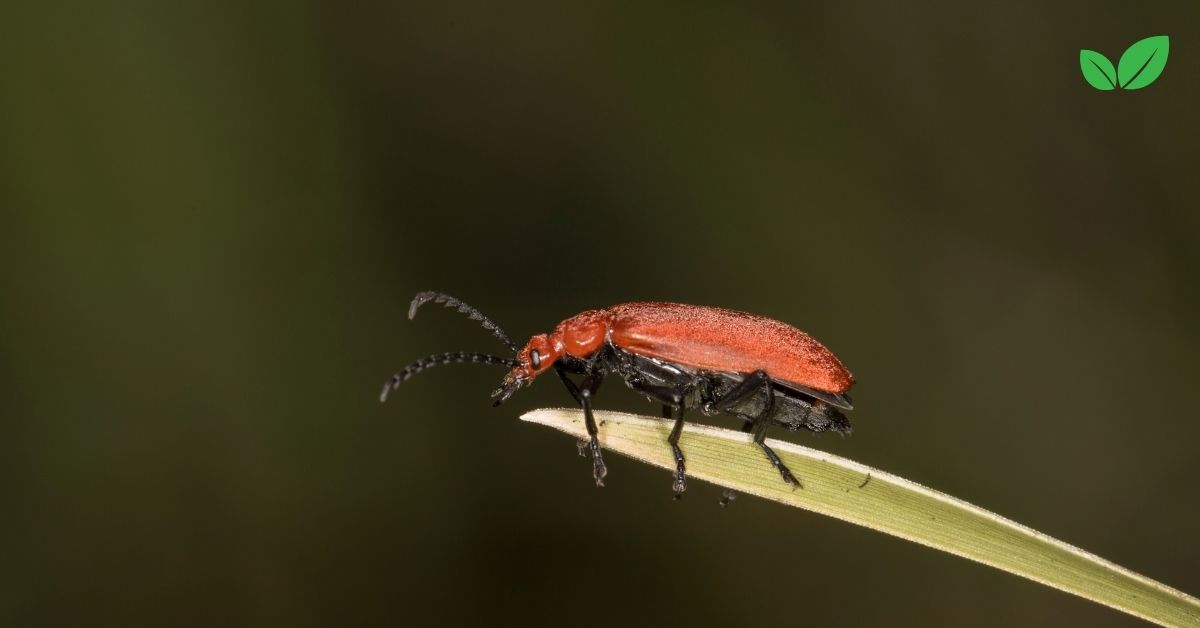Introduction
The genus Lyctus comprises a group of wood-boring beetles known commonly as powderpost beetles. These beetles, belonging to the family Bostrichidae and the subfamily Lyctinae, are notorious for their ability to bore into hardwood, reducing it to a powdery dust and causing significant damage to wood structures and furniture. Native to temperate and tropical regions, Lyctus beetles have adapted to a wide range of environments, making them an essential part of natural ecosystems as well as a concern in human habitats where wood is used in construction and manufacturing.
This article delves into the environmental niche of Lyctus, exploring their habitat, behavior, diet, life cycle, ecological interactions, and broader impact on ecosystems. By understanding the unique characteristics and adaptations of these beetles, we can appreciate their role in nutrient cycling in natural ecosystems and address the challenges they pose in managed environments.
Habitat and Distribution
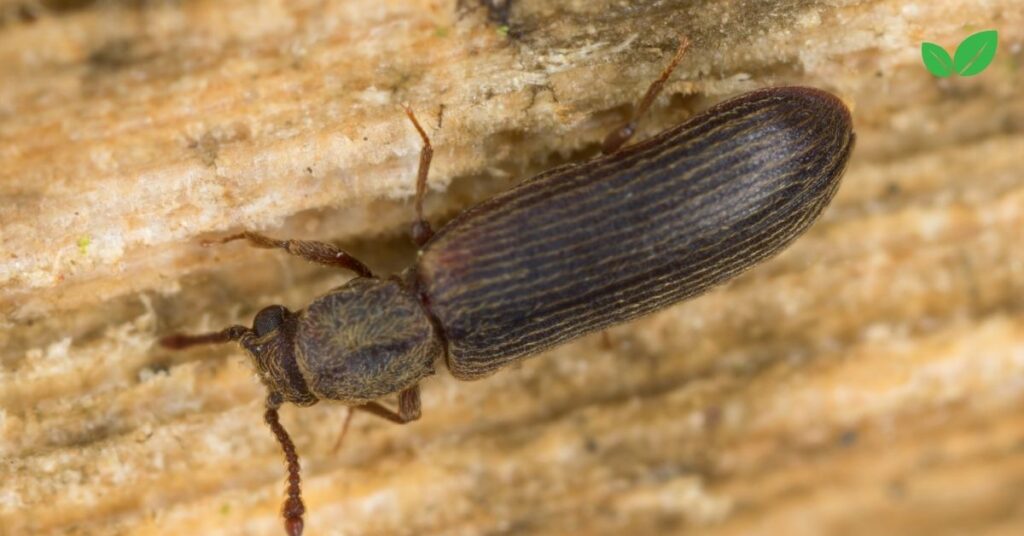
Native Range and Preferred Habitats
Lyctus beetles are widely distributed across tropical and subtropical regions but can also be found in temperate climates where they thrive in warm, moist conditions that favor wood decomposition. Their natural habitats include forests, where they play a role in breaking down dead or decaying wood, which is vital for nutrient cycling within these ecosystems. They are typically found in habitats rich in hardwood trees, particularly those that produce wood with a high starch content, which is essential for the beetles’ survival and reproduction.
In their native habitats, Lyctus beetles inhabit fallen logs, dead branches, and other wood sources where they can lay eggs and develop. The larvae feed on the wood, converting it into fine dust or “frass,” which is expelled from the tunnels they bore. These tunnels can become passageways for other wood-decomposing organisms, such as fungi and bacteria, further accelerating the process of wood breakdown.
Spread to Non-Native Regions
With the movement of timber and wood products around the world, Lyctus beetles have spread to various non-native regions, where they have established themselves as invasive pests. The transportation of infested wood products has enabled these beetles to thrive in urban and suburban settings, where they can infest wooden structures, furniture, and other items made from hardwood. Their spread is particularly problematic in regions where they encounter few natural predators and can reproduce rapidly, leading to severe infestations in human habitats.
The spread of Lyctus beetles to non-native regions has introduced new challenges in pest management and conservation, as their presence in non-native habitats can disrupt local ecosystems and create economic burdens.
Physical and Behavioral Adaptations
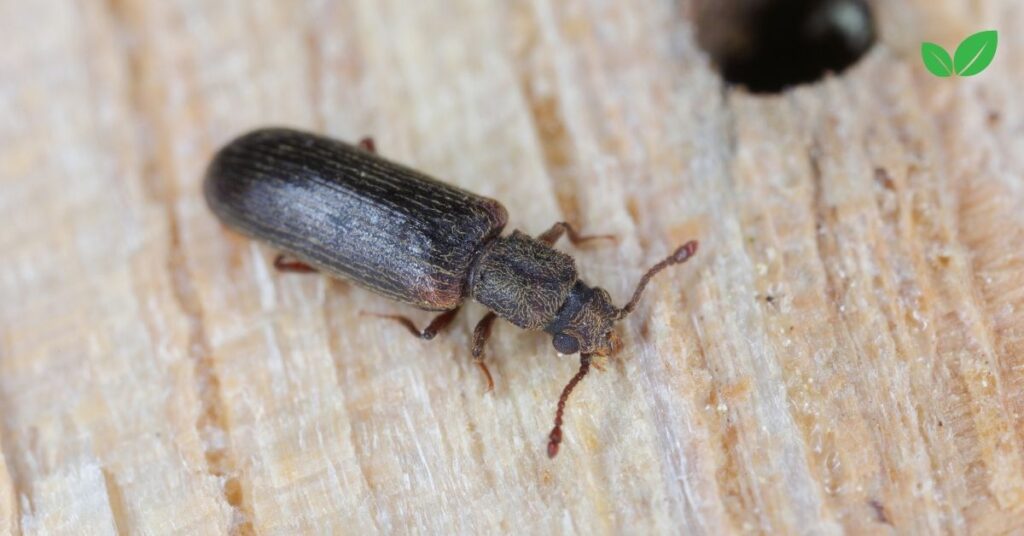
Morphological Adaptations
Lyctus beetles possess a range of physical adaptations that make them highly efficient wood borers. Adult Lyctus beetles are small, typically between 3 to 7 mm in length, with slender, elongated bodies that allow them to navigate through narrow crevices in wood. Their mandibles are strong and capable of breaking down wood fibers, which is essential for laying eggs and creating burrows for their larvae. The beetles’ ability to detect starch in wood is particularly interesting, as this nutrient-rich component is a key factor in their wood selection.
The larvae, which are soft-bodied and white, have specialized mandibles for tunneling through wood, allowing them to feed on the starch and cellulose within. Their compact, curved bodies enable them to move efficiently within their narrow tunnels, leaving behind fine dust or “frass” as they consume the wood. This frass is often the first visible sign of Lyctus infestation in wood, serving as an indicator for detection and control efforts.
Behavioral Adaptations
The life cycle and behavior of Lyctus beetles are closely tied to their wood-boring activities. Female beetles lay eggs in the crevices or pores of hardwood, typically targeting young wood with a high starch content. This behavioral adaptation ensures that larvae have an abundant food supply as they develop. The beetles are also highly selective in choosing wood, preferring freshly harvested wood over older, more deteriorated material, as starch levels diminish over time.
Lyctus beetles are typically nocturnal and often go unnoticed until their larvae begin to emerge as adults, leaving visible exit holes in infested wood. Their nocturnal behavior minimizes the risk of predation and allows them to exploit wooden structures without detection.
Diet and Feeding Behavior
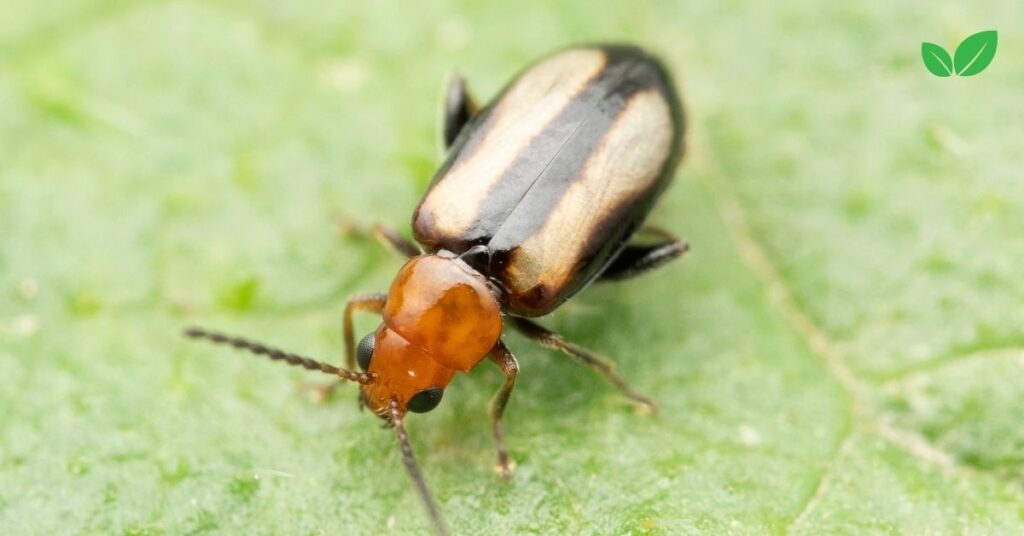
Preference for High-Starch Woods
The diet of Lyctus beetles is almost exclusively dependent on wood, specifically hardwoods rich in starch, such as oak, hickory, and ash. Starch is a critical nutrient for the larvae, providing the energy required for growth and development. This preference for high-starch woods sets Lyctus beetles apart from other wood-boring beetles that may consume a broader range of woods, including softwoods. In their natural habitats, Lyctus beetles target young trees or recently fallen logs where starch levels are higher, ensuring a nutrient-rich environment for their larvae.
The selective feeding behavior of Lyctus beetles plays a unique role in forest ecosystems by promoting the decomposition of young, nutrient-dense wood. This process facilitates nutrient recycling within the ecosystem, contributing to soil fertility and promoting plant growth. However, in managed environments, such as homes and furniture, their preference for starch-rich wood can lead to extensive damage and economic losses.
Wood Breakdown and Ecological Role
As larvae bore through wood, they break down cellulose and other organic compounds within, turning the wood into a fine, powdery substance. This breakdown process, while damaging to human structures, is beneficial in natural ecosystems. The frass left behind by Lyctus larvae serves as a substrate for fungi, bacteria, and other decomposers, accelerating the process of wood decomposition and nutrient cycling.
In forest ecosystems, the wood-boring activities of Lyctus beetles create pathways within dead wood that increase airflow and moisture levels, conditions that favor the growth of decomposer organisms. This activity enhances the rate at which dead wood decomposes, contributing to the availability of nutrients within the soil and supporting a healthy, balanced ecosystem.
Life Cycle and Reproduction
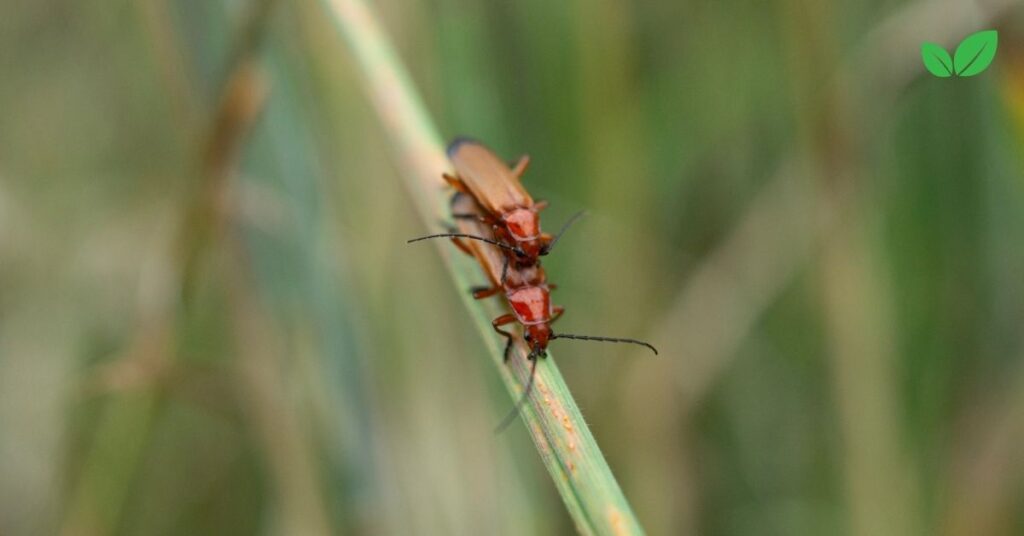
Egg Laying and Larval Development
The life cycle of Lyctus beetles begins with the female laying eggs within the pores or cracks of hardwood. These eggs are often deposited in concealed areas, such as under bark or within the wood grain, where they are less likely to be disturbed. Female Lyctus beetles typically lay between 20 to 50 eggs, which hatch within one to three weeks depending on environmental conditions.
After hatching, the larvae begin their journey of burrowing through the wood, feeding on starch and creating characteristic tunnels. The larval stage is the most extended phase of their life cycle, lasting anywhere from several months to over a year, depending on environmental factors such as temperature and wood quality. During this time, larvae consume large amounts of wood, creating extensive networks of tunnels.
Pupation and Adult Emergence
Once larvae reach maturity, they undergo pupation within the wood, transforming into adults over the course of several weeks. After this transformation, adult beetles chew their way out of the wood, leaving behind small, round exit holes—a telltale sign of infestation. The adults, though short-lived, emerge to mate and repeat the cycle, perpetuating the spread of Lyctus beetles in infested wood.
The entire life cycle of Lyctus beetles, from egg to adult, can range from six months to several years, depending on environmental conditions. This extended life cycle allows them to remain hidden within wood for long periods, making early detection challenging in managed environments such as homes and warehouses.
Ecological Role and Interactions
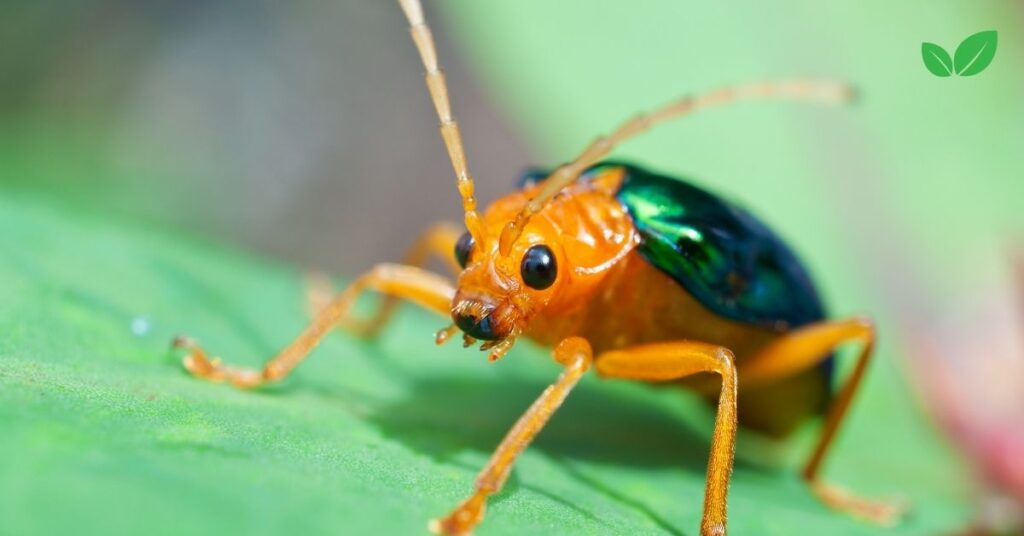
Contribution to Nutrient Cycling
The environmental niche of Lyctus beetles is defined by their role as decomposers within forest ecosystems. By breaking down wood, these beetles accelerate the process of decomposition, promoting nutrient cycling and enhancing soil fertility. In ecosystems where dead wood accumulates, the presence of Lyctus beetles and other wood-decomposing organisms ensures that nutrients are returned to the soil, supporting plant growth and ecosystem productivity.
The tunnels created by Lyctus larvae also serve as entry points for other decomposers, such as fungi and bacteria, which further break down wood and contribute to nutrient cycling. This interaction between Lyctus beetles and other decomposers exemplifies the collaborative nature of nutrient recycling within ecosystems and highlights the importance of these beetles in maintaining ecological balance.
Predatory and Competitive Interactions
In natural ecosystems, Lyctus beetles face predation from a variety of organisms, including birds, ants, and other beetles. These predators play a role in regulating Lyctus populations, preventing them from becoming overly abundant and ensuring that their wood-boring activities do not excessively deplete woody resources. Additionally, Lyctus beetles compete with other wood-decomposing insects, such as termites and carpenter ants, for access to nutrient-rich wood.
The presence of predators and competitors creates a dynamic balance within ecosystems, limiting the spread of Lyctus beetles and promoting biodiversity. However, in environments where these beetles are introduced as invasive species, such as urban and suburban areas, they often lack natural predators, allowing their populations to grow unchecked and exacerbating the impact of their wood-boring activities.
Lyctus Beetles as a Pest Species
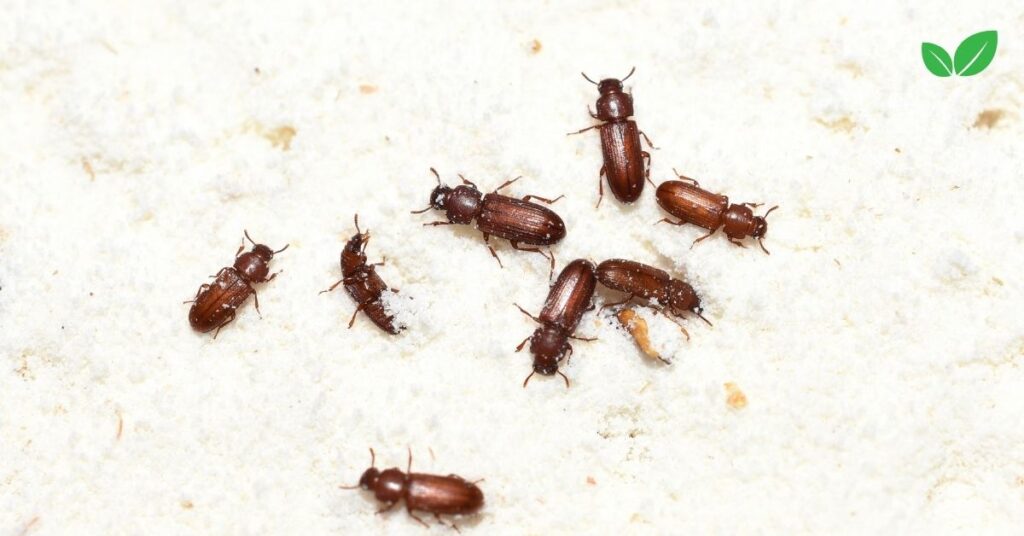
Economic and Structural Damage
The primary concern associated with Lyctus beetles in human environments is the economic damage they cause to wood structures, furniture, and other hardwood products. Because of their preference for young, high-starch wood, these beetles often infest newly harvested wood used in construction and furniture making. Over time, their tunneling activities weaken wood, causing structural damage and reducing the lifespan of affected materials.
The economic impact of Lyctus beetles is significant, as infested wood often needs to be treated, replaced, or discarded to prevent further damage. In some cases, extensive infestations can render entire buildings structurally unsound, posing safety risks and leading to costly repairs. In regions where Lyctus beetles are particularly prevalent, pest management practices are essential to protect wooden structures and minimize economic losses.
Detection and Control
Early detection of Lyctus infestations is critical for effective management, yet it is often challenging due to the beetles’ habit of remaining hidden within wood. Visible signs of infestation, such as frass and exit holes, typically appear only after larvae have caused significant damage. Pest control methods include chemical treatments, heat treatment, and fumigation, which can eliminate beetles within infested wood. However, these methods can be costly and may not fully prevent reinfestation.
Preventive measures, such as kiln-drying wood and storing wood products in dry, well-ventilated areas, can help reduce the risk of infestation. In areas where Lyctus beetles are prevalent, regulatory measures to control the transport of infested wood products are essential to prevent their spread and protect uninfested areas.
Conservation and Environmental Implications
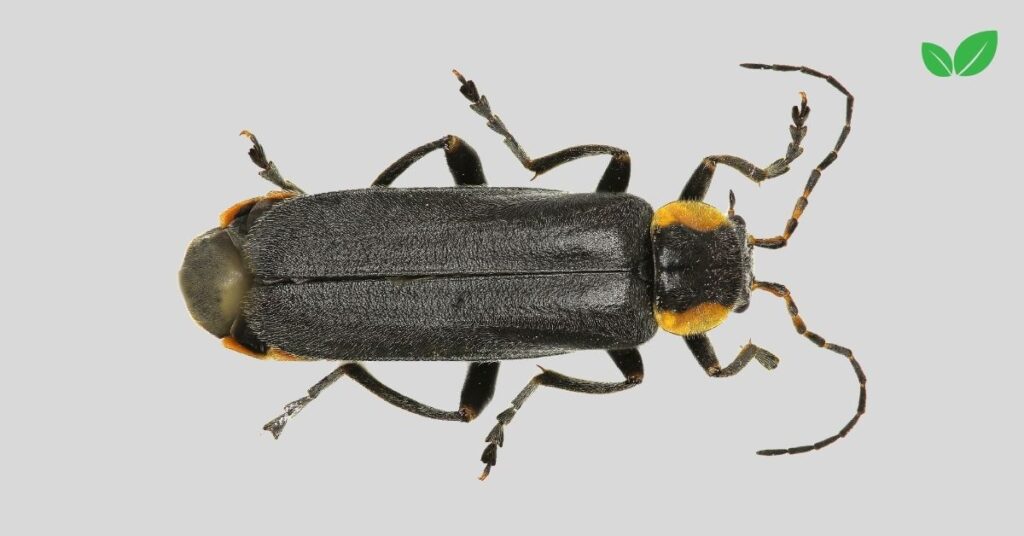
Role in Native Ecosystems
In their native habitats, Lyctus beetles play an important role as decomposers, promoting nutrient cycling and supporting forest health. Their wood-boring activities contribute to the breakdown of dead wood, which enriches soil fertility and supports plant growth. As part of complex food webs, they also serve as prey for various predators, contributing to biodiversity and ecosystem stability.
However, in non-native environments, their role is less beneficial, as they lack natural predators and compete with native species. Managing their populations in these areas is essential to prevent the disruption of local ecosystems and maintain ecological balance.
Conservation Efforts and Future Outlook
Conservation efforts for Lyctus beetles focus primarily on managing their populations in non-native regions and protecting wood resources. By implementing pest control measures and regulating the movement of infested wood products, it is possible to mitigate the impact of Lyctus beetles in managed environments.
In natural ecosystems, conservation efforts aim to preserve the beetles’ habitat and maintain ecological balance. Protecting forested areas and promoting sustainable logging practices are essential for supporting the role of Lyctus beetles as decomposers and ensuring their contributions to nutrient cycling.
Conclusion
The environmental niche of Lyctus beetles is defined by their role as wood-boring decomposers, promoting nutrient cycling and supporting forest health in their native habitats. Through their unique adaptations and feeding behaviors, these beetles contribute to the breakdown of dead wood, facilitating nutrient recycling within ecosystems. While their ecological contributions are essential in natural environments, Lyctus beetles also pose challenges in managed environments, where they cause economic damage to wooden structures and furniture.
Addressing the impact of Lyctus beetles in human environments requires a combination of early detection, pest management, and regulatory measures to prevent their spread. By balancing conservation efforts with pest control practices, we can appreciate the ecological significance of Lyctus beetles while minimizing their impact on human activities.
Read More: Leopard Gecko: Exploring Its Environmental Niche and Ecological Importance

